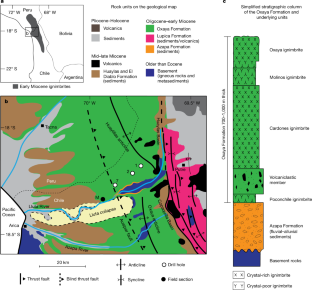2022-08-11 ノースカロライナ州立大学(NCState)
研究者達は、ポリカルボジイミドと呼ばれる合成ポリマーを作りました。次に、この材料を溶媒に溶かし、染料で汚染された水と混ぜて、廃水を浄化する能力をテストした。このポリマー溶液を、繊維産業で使用される酸性染料とも呼ばれる20種類の陰イオン性染料に作用させる試験を行った。最初の評価として、研究者は肉眼でポリマーが機能するかどうかを確認した。その後、UV-Vis分光法を用いて、ポリマーがどの程度着色料を除去できたかを定量化した。
このポリマー溶液は、テストした20種類の酸性染料のうち、4種類を除いてすべて除去しました。さらに、数分以内にポリマーを回収することが容易であることもわかった。ポリマーが機能するかしないかに寄与する染料の特性(分子構造に関連する)を見いだした。
このポリマー溶液は、汚染された水から染料を除去することができ、ポリマーを回収して再び汚染された水から染料を除去するために使用できることがわかりました。
<関連情報>
- https://news.ncsu.edu/2022/08/new-method-can-remove-dyes-from-wastewater/
- https://pubs.acs.org/doi/10.1021/acsapm.2c00959
汚染水からの繊維染料除去のためのポリカルボジイミド Polycarbodiimide for Textile Dye Removal from Contaminated Water
Meghan Davis Lord, Graham Neve, Mike Keating, and Januka Budhathoki-Uprety
ACS Applied Polymer Materials Published:July 22, 2022
DOI:https://doi.org/10.1021/acsapm.2c00959

Abstract
Water pollution has been a significant challenge for the environment and human health. Dyes in water resources cause severe water pollution and block sunlight penetration through water, which impairs photosynthesis of aquatic plants as well as causes a significant alteration in ecological conditions of aquatic life. Dye-contaminated water sources can pose serious public health concerns, including toxicity, mutagenicity, and carcinogenicity among other adverse health effects. Therefore, it is imperative to develop efficient methods to remove dye contaminants from water sources. Synthetic polymers, due to their versatile chemical structure, size, and shape, could provide a tunable platform to remove dyes from contaminated sources. Herein, we report a polymer-mediated removal of textile dyes from aqueous solutions. A nitrogen-rich polymer, polycarbodiimide, efficiently removed anionic dyes from a dye-contaminated acidic solution. Upon dye removal, the polymer was regenerated through modulation of the solution pH. Further investigations showed that the polymer’s ability to remove dyes was dependent on solution pH and the topological polar surface area of the dyes. Thus, the molecular mechanism for polymer–dye interactions could be attributed to a combined ionic and hydrophobic interaction. The effects of pH, ionic strength, dye concentration, and composition were also investigated. Removal of dyes from contaminated aqueous resources is important in reducing environmental pollutants and mitigating environmental and health impacts. The findings from this study provide insights into the development of polymeric materials to remove soluble dyes from contaminated water to foster environmental and water sustainability.


